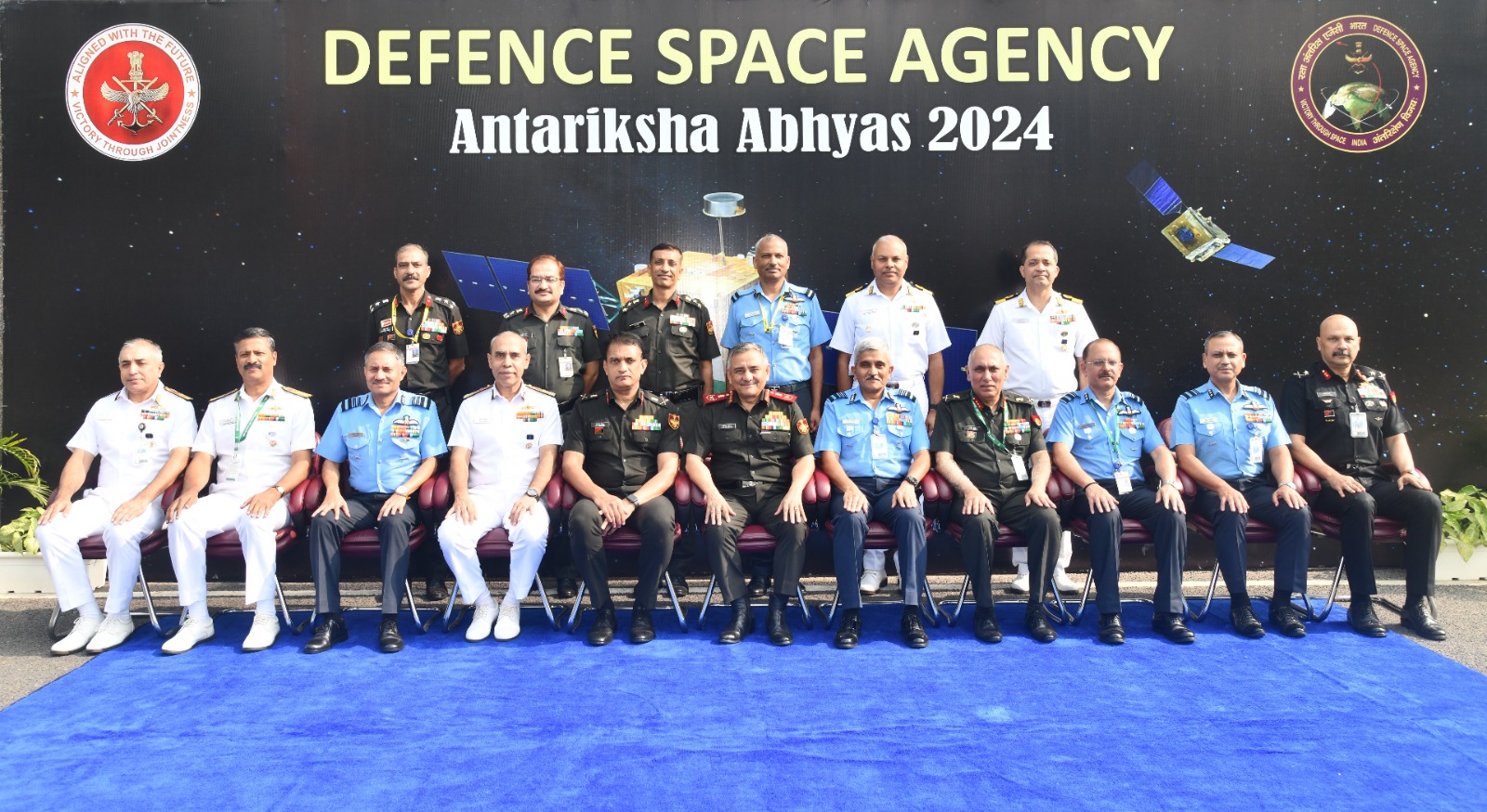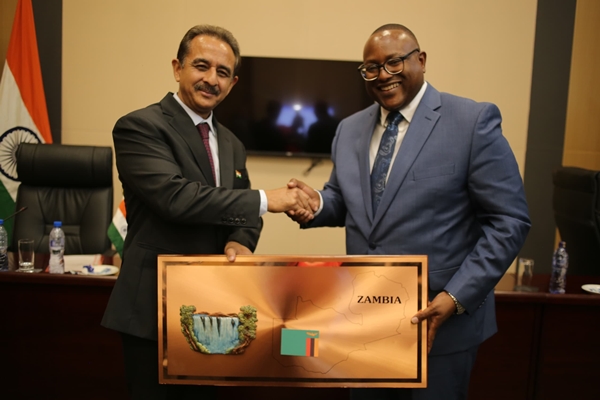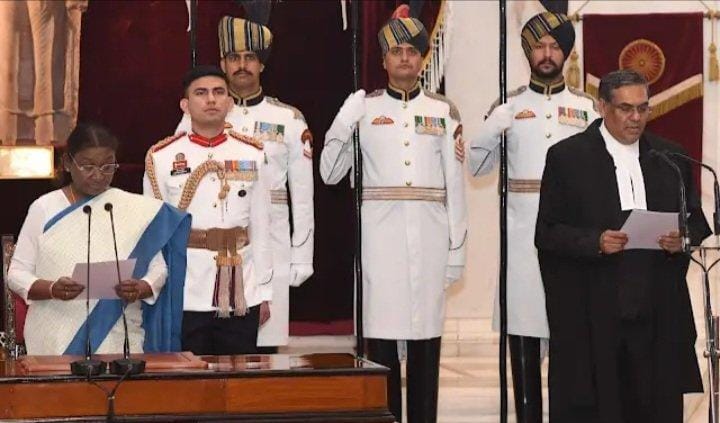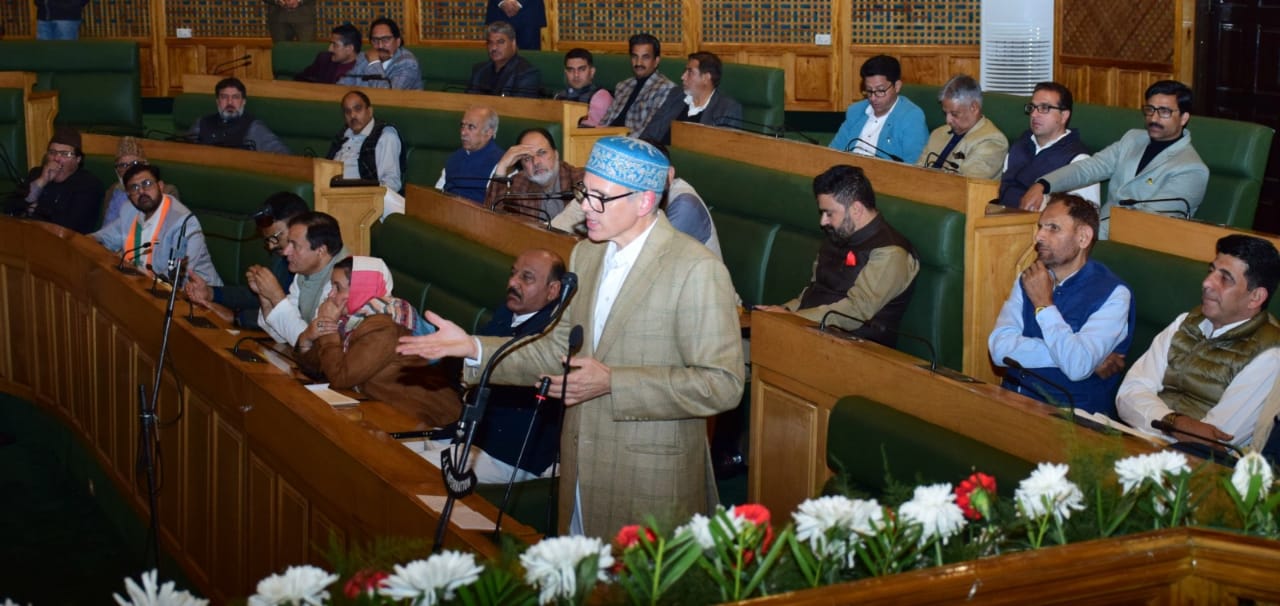India is hosting the 46th Antarctic Treaty Consultative Meeting (ATCM 46), also known as the Antarctic Parliament, which started on May 20, in Kochi. The National Centre for Polar and Ocean Research, Goa, is organising the meeting with the support of the Ministry of Earth Sciences (MoES). The conclave will conclude on May 30 and is expected to be attended by all the 56 member countries of the Antarctic Treaty.
Key highlights
- The meeting will discuss various subjects associated with Antarctica, including law, governance, logistics, tourism, etc.
- India will introduce a new working group for regulating tourism on the continent, aimed at addressing concerns related to tourism activities, particularly threats posed by tourists to Antarctica’s fragile ecosystem.
- The ATCM, which is an annual meeting, was last hosted by India in 2007 in New Delhi.
- India will put forward its plan to set up a new station, Maitri-II, in Antarctica, for which ATCM’s approval is necessary.
About the Antarctic Treaty
- The Antarctic Treaty was signed on December 1, 1959, in Washington, and it came into force on June 23, 1961.
- Twelve countries- Australia, Belgium, Chile, Argentina, France, New Zealand, Norway, Japan, South Africa, the United Kingdom, the USSR, and the United States- were the original signatories of the treaty.
- Today, it has 56 signatories, including India, which joined the group in 1983. India, along with 28 other signatories, has consultative party status. India participates in and votes in all key decision-making processes regarding the continent.
- Key features of the treaty-
- The treaty recognised Antarctica as a “no man’s land.”
- The continent shall only be used for peaceful objectives. No fortification or militarisation shall be allowed on the land.
- All signatories have the freedom to conduct scientific research and investigations on the land. They will have to share their plans for scientific activities.
- Nuclear testing or disposal of harmful radioactive wastes shall be forbidden on the continent.
India in Antarctica
- India has been active in Antarctica since 1981, carrying out scientific research.
- It established its first Antarctica research station, Dakshin Gangotri, in 1983, which was operational until 1990.
- India established its second research station, Maitri, in 1989. It is still functional.
- India set up its third research station, Bharati, in 2012.
- India has plans to set up a new station, Maitri- II, by 2029.
- In 2022, India passed the Antarctic Act, showing its commitment to the Antarctic Treaty.











